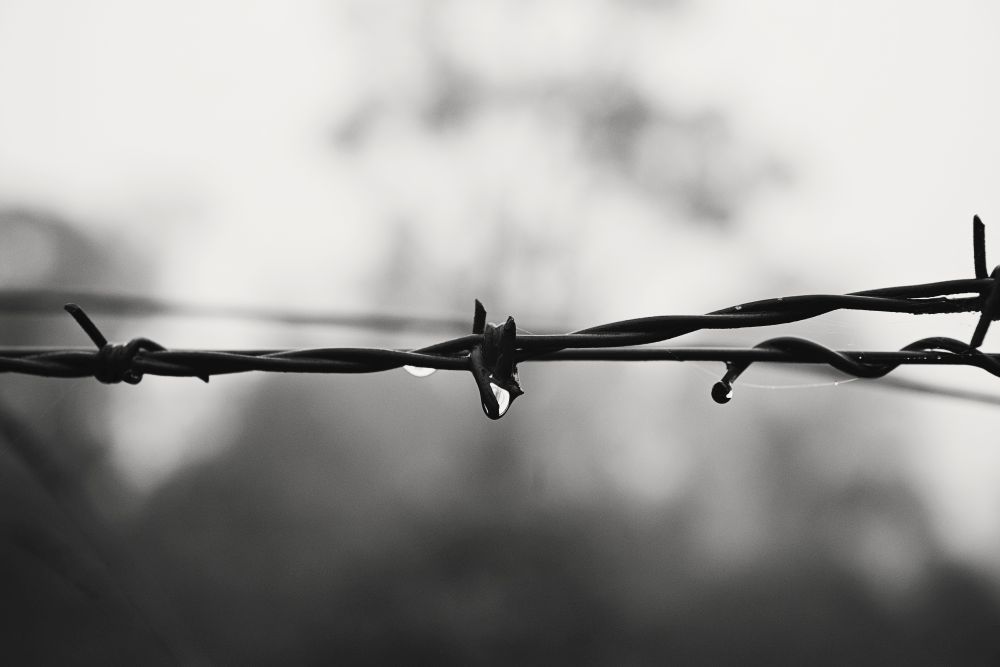Taking It In Stride
Minimizing obstacles, distractions, and worry…
I’ve always been a fan of the steeple-chase. Any running event that includes a water obstacle just seems like more fun. It should be no surprise that my current favorite sporting event is orienteering – which bears some resemblance to this race.
Both involve dealing with barriers that don’t care much about the participant.
[ad#inline-body]
The barrier
In track and field, the steeplechase barrier is placed according to defined specifications – set to appropriately challenge competitors. The single most defining characteristic in my mind is that it doesn’t move.
There’s no kicking it out of the way – if one were to try, they’d be sorely disappointed. (and that’s a literal statement)
Orienteering involves natural obstacles that may or may not move for the competitor. The challenge is to be able to think (while running at a high rate of speed) and determine which is which…
The water
Just as specific as the barriers, the water doesn’t vary between races – and does pose a threat to the runners at every lap.
Orienteers find many different water hazards. From trickles and creeks that won’t stand in the way to ponds, streams, and rivers. Occasionally mixed with dirt and vegetation to form muds and mucks of all sorts.
Again – knowing when to go through or pass around is part of the challenge.
History of the phrase
Google helped me track down an early reference to “take it in stride” in Handley Cross; or, Mr. Jorrocks’s hunt by Robert Smith Surtees published back in 1854.
The context of the passage involved horse riding, and it means exactly what we expect it to mean now – the horse was able to cross an obstacle with no appreciable alteration of stride.
Still no references to taking
And here’s an interesting observation – while I was able to find “take it in stride” with the google ngram viewer, that tool doesn’t list any use of the phrase “taking it in stride” even in more recent works.
Web searching shows 142,000 results, so it’s clearly around. Just not so much in print.
Known obstacles versus chance encounters
It should be no surprise to anyone that the track and field steeplechase is modeled after the equestrian event by the same name.
If it’s fun to watch horses race through a course full of obstacles, it’s got to be just as much fun when people do something similar!
The trick to orienteering though is that you may not know exactly what challenges a particular forest holds, or which of those challenges the course setter has decided you will face on this day.
Keeping clear of the obstacles
But both events depend on the competitor facing all of the challenges, and trying to clear them in stride.
Doing so gives one a bit of an advantage…
